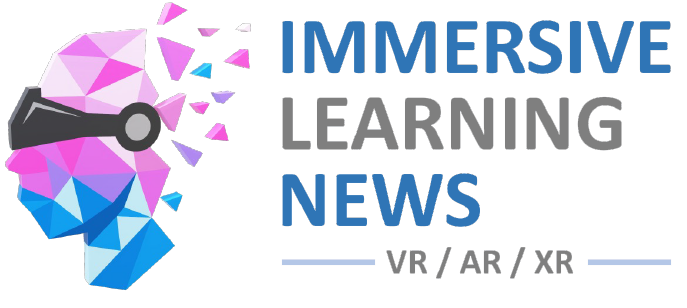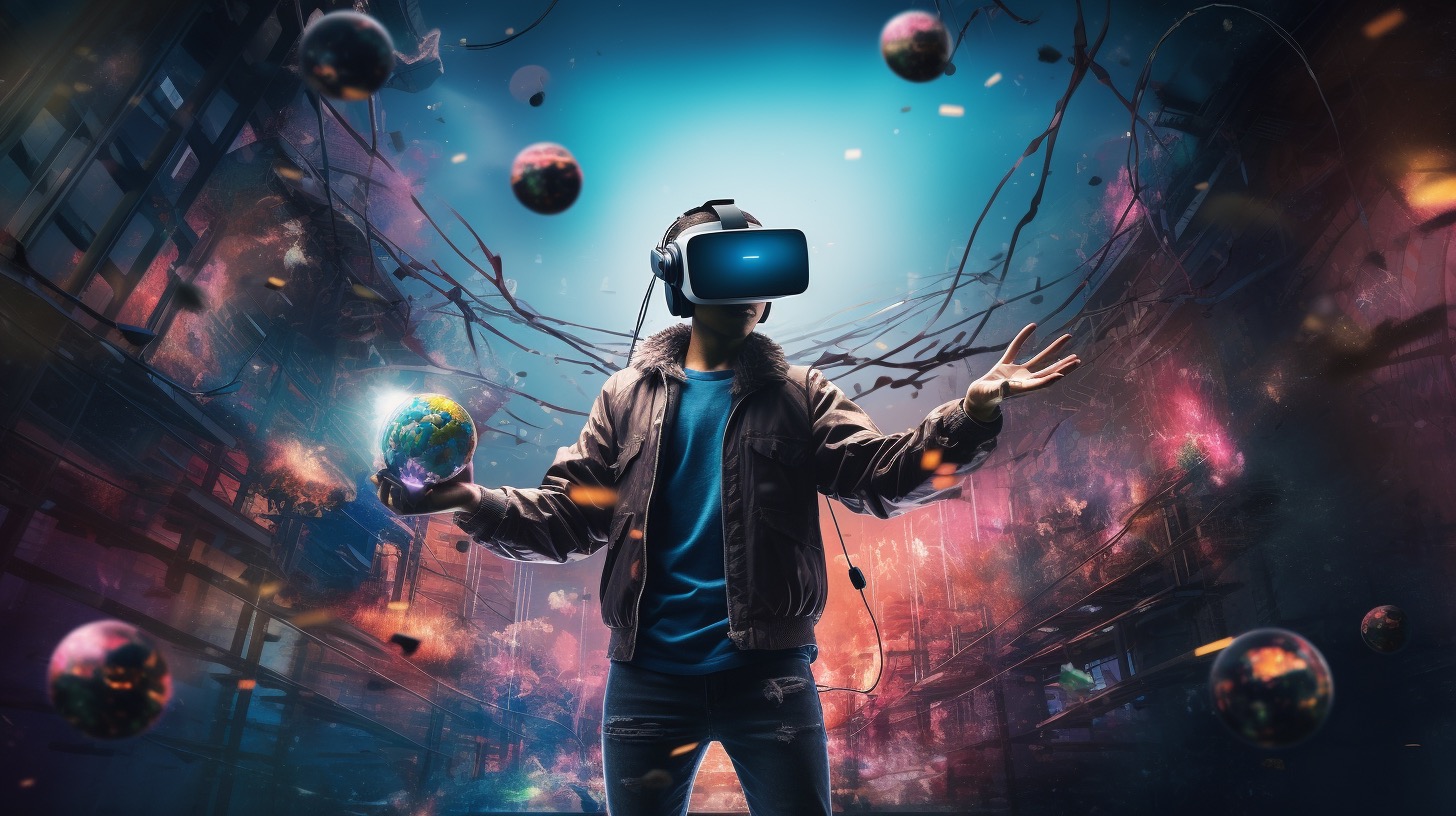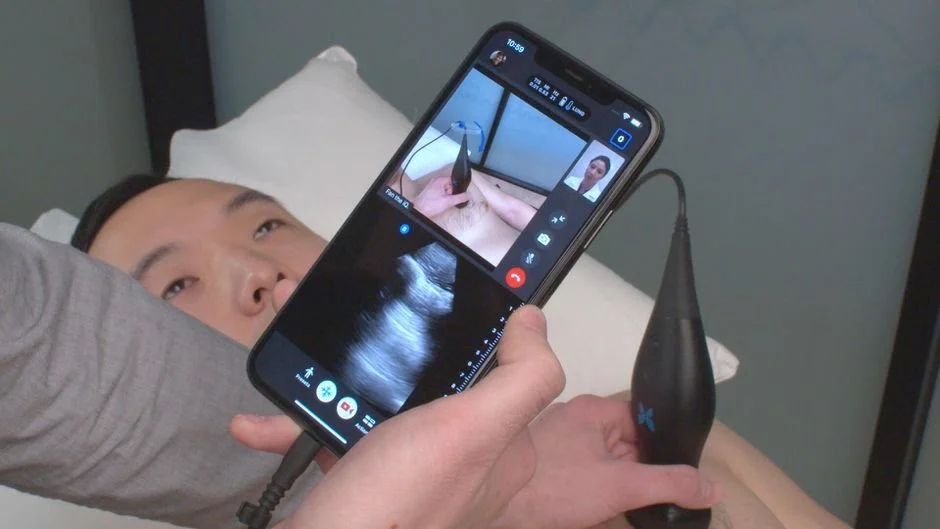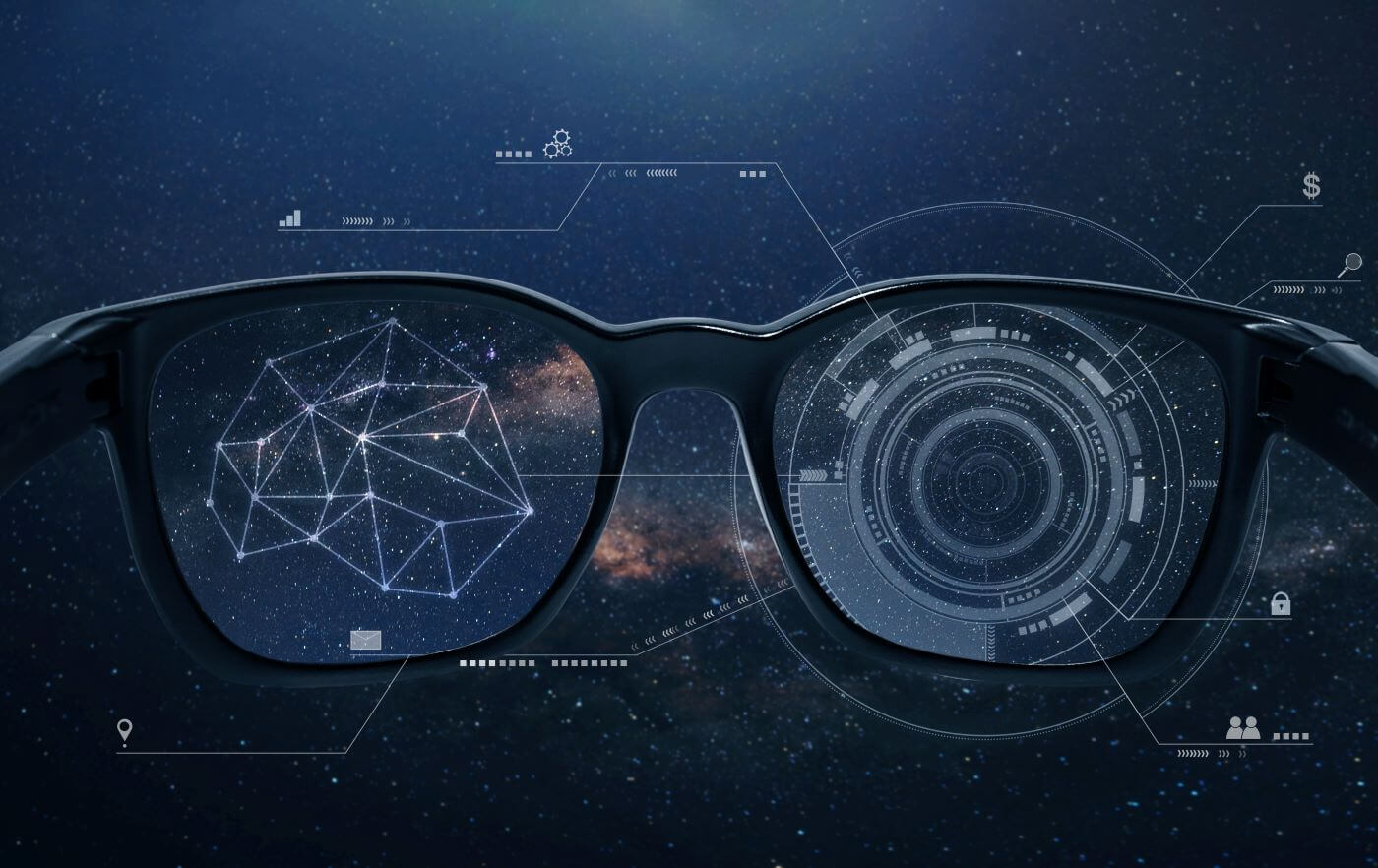Virtual reality (VR) is a relatively new technology primarily used for entertainment purposes. However, its potential for science education is promising. By immersing users in virtual environments, VR can offer an immersive and experimental learning experience, making complex concepts easier to understand. There are several benefits of incorporating VR into education.
Firstly, VR can increase learning interest in students by creating curiosity and enabling them to grasp concepts more quickly. It provides a platform for building greater knowledge and transforming university learning experiences and student engagement. The resourcefulness of VR technology enhances learning experiences and can be supplemented by online resources, such as professional essay writers, who can provide assistance to students seeking better grades or saving time.
Furthermore, VR improves learner engagement and inspiration. For example, when studying the solar system, students can imagine the topic, but with VR, they can be immersed in the entire system, leading to increased engagement and inspiration. Additionally, the immersive nature of VR can improve memory retention, as students remain immersed in almost real-life situations, leading to better recall of topics and lessons learned.
Moreover, VR can contribute to boosting course outcomes by incorporating writing assignments and enhancing collaboration and socialization among students. Collaboration between teachers and students, as well as peer collaboration, is essential for effective learning in college.
In terms of implementation, more schools are integrating VR into their science courses. VR technology enables students to explore the world of science by investigating different species’ habitats, understanding internal human structures, comprehending various scientific concepts, and learning scientific language effectively.
However, there are challenges to integrating VR into science education. Educators may lack training in using VR in the classroom, and there may be initial implementation costs and technical issues that need handling. Despite these challenges, collaborations between administrators and teachers can help overcome them through proper planning, teacher training, and setting aside budgets for implementation.
As the future of VR in science education looks promising, its adoption in colleges is increasing. Innovators and developers are continuously improving the technology, making it more accessible and user-friendly. The widespread use of VR in science courses can provide students with enhanced learning experiences, attract more students to science courses, and increase student interactions and engagement.
In conclusion, virtual reality has the potential to revolutionize science education. When properly utilized, VR can enhance understanding, inspire curiosity, and improve overall learning experiences. By addressing implementation challenges through adequate planning and teacher training, the integration of VR in science education can offer students a more immersive and effective way of learning.
Quelle:




